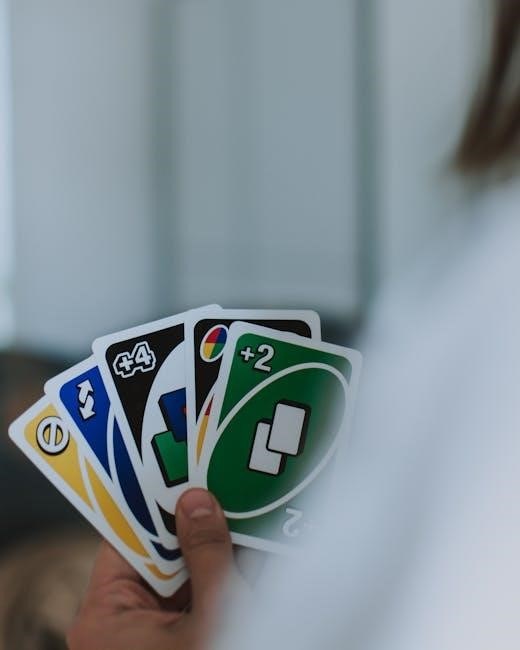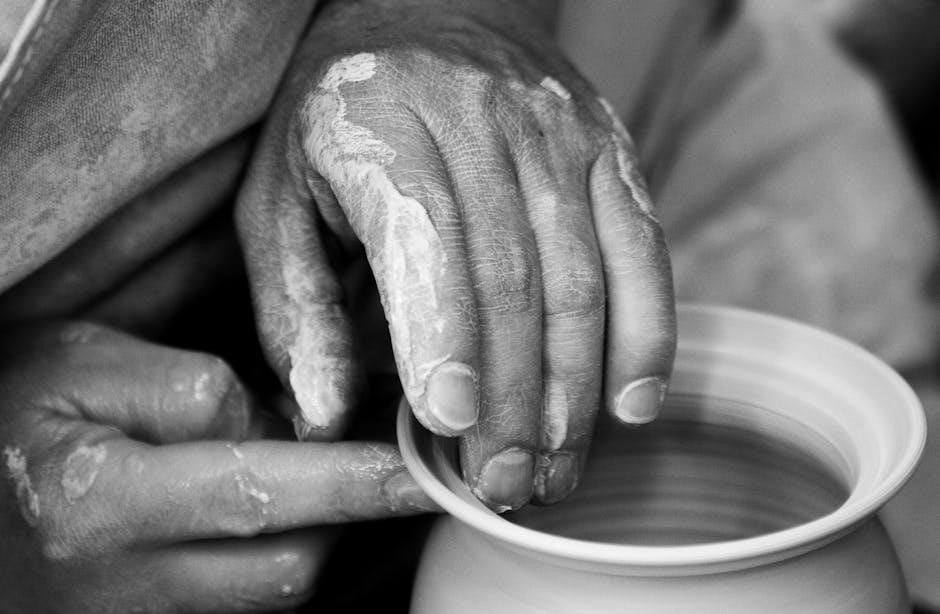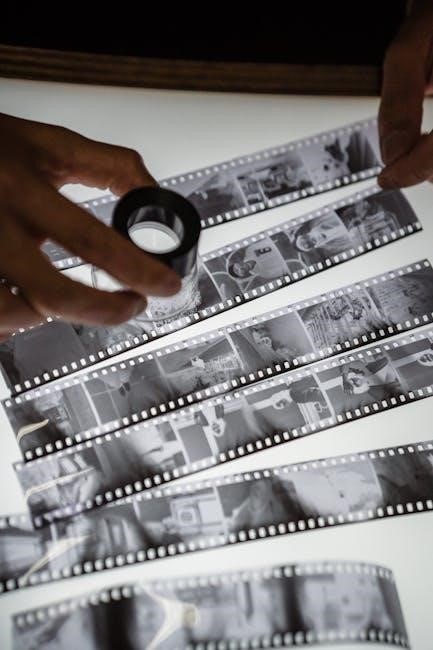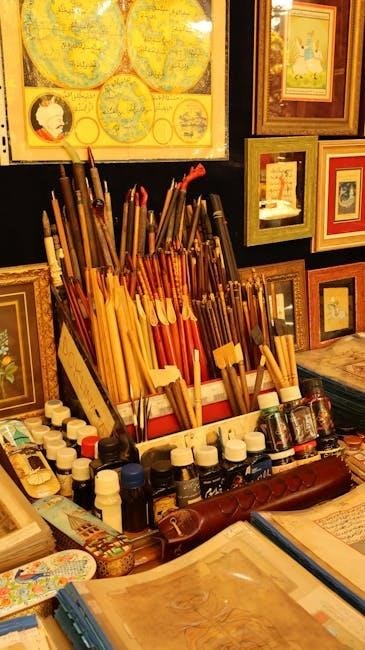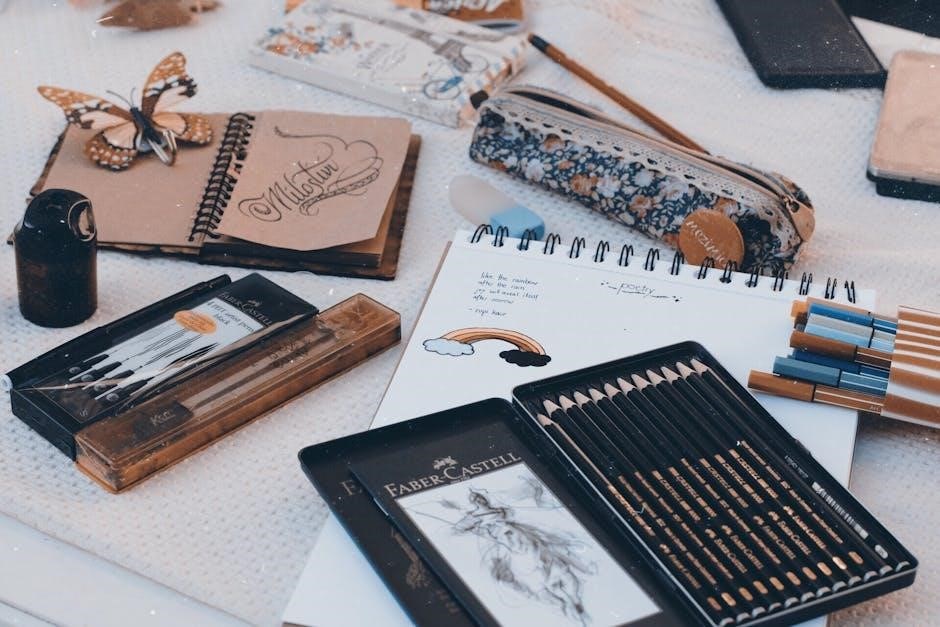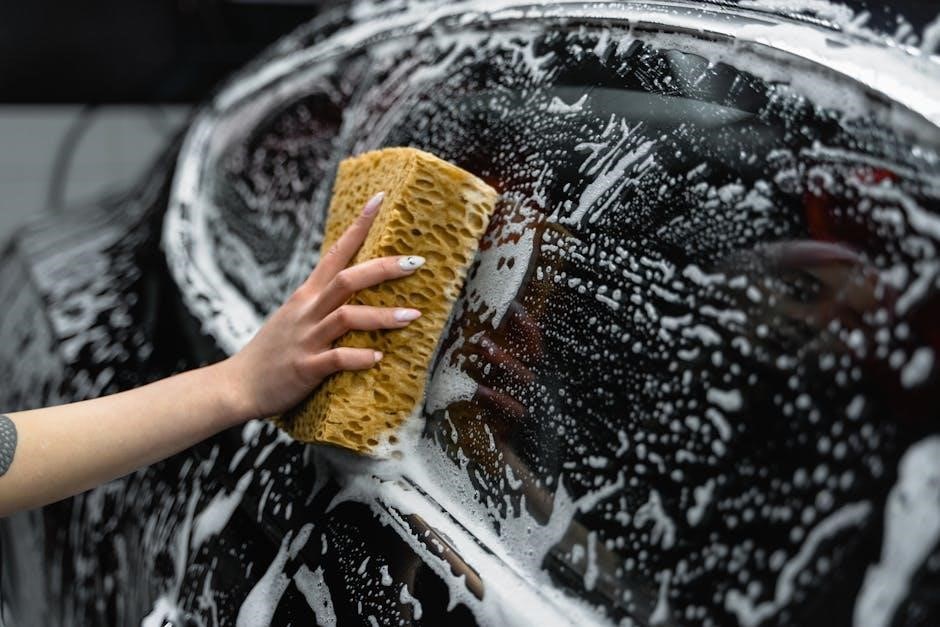Nikon Coolpix P900 Owners Manual: A Comprehensive Guide
Discover the full potential of your Nikon COOLPIX P900! This guide provides detailed instructions‚ from initial setup to advanced features‚ referencing the official PDF manual.
Explore connectivity options‚ troubleshooting tips‚ and specifications‚ ensuring optimal performance and creative control with your digital camera.
Welcome to the world of the Nikon COOLPIX P900‚ a powerful and versatile digital camera designed for photography enthusiasts. This camera boasts an impressive 83x optical zoom and a range of features to capture stunning images.

This guide serves as a comprehensive resource‚ helping you understand and utilize every aspect of your COOLPIX P900. From its initial setup to mastering advanced techniques‚ we’ll cover everything. You can also access the official PDF manual for detailed specifications and regulatory information.
Thank you for choosing Nikon!
Unboxing and Initial Setup

Carefully unpack your Nikon COOLPIX P900‚ ensuring all components are present: the camera body‚ battery‚ battery charger‚ USB cable‚ and this owner’s manual. Begin by charging the battery using the provided charger – a full charge is recommended before first use.
Insert the battery into the designated compartment. Next‚ insert a compatible memory card. Power on the camera and follow the on-screen prompts to set the language‚ date‚ and time. Refer to the PDF manual for detailed illustrations and troubleshooting if needed.
Camera Overview: Buttons and Controls
Familiarize yourself with the Nikon COOLPIX P900’s layout. The mode dial selects shooting modes‚ while the control dial adjusts settings like zoom and aperture. Buttons provide access to menus‚ playback‚ and quick settings.
The rear LCD screen displays images and menu options. Understanding the function of each button and dial is crucial for efficient operation. Consult the detailed diagrams in the official PDF manual for precise locations and descriptions of all controls‚ enhancing your photographic experience.
Understanding the Mode Dial
The Mode Dial on your Nikon COOLPIX P900 offers versatile shooting options. Auto mode simplifies picture-taking‚ while Scene modes optimize settings for specific situations. Program Auto allows some control‚ and Aperture Priority and Manual modes offer full creative flexibility.
Explore the Movie mode for video recording and the Special Effects mode for artistic filters. Refer to the PDF manual for detailed explanations of each mode’s function and how to best utilize them for stunning results.
Navigating the Menu System
The COOLPIX P900’s menu system is accessed via the MENU button. It’s organized into categories: Shooting‚ Display‚ Setup‚ and others. Use the directional pad to navigate and the OK button to select options.
Customize settings like image quality‚ ISO‚ white balance‚ and autofocus. The PDF manual details each menu item. Explore options for wireless connectivity and reviewing images. Familiarize yourself with the menu structure for efficient camera control and personalized shooting experiences.
Basic Operations: Taking Your First Photos
Begin by powering on the COOLPIX P900. Select a shooting mode using the mode dial – Auto is ideal for beginners. Compose your shot using the LCD screen. Half-press the shutter button to focus‚ and fully press to capture the image.
Review your photos using the playback button. The Nikon manual details basic operations. Experiment with zoom and different shooting modes. Ensure a charged battery for optimal performance. Enjoy exploring the camera’s capabilities!
Focusing Modes Explained
The COOLPIX P900 offers several focusing modes. Auto-area AF automatically selects focus points. Center-area AF focuses on the center of the frame. Manual Focus allows precise control. Subject-tracking AF maintains focus on a moving subject.
Refer to the Nikon manual for detailed explanations and customization options. Understanding these modes is crucial for sharp‚ well-focused images. Experiment to determine the best mode for various shooting scenarios. Proper focus enhances image quality significantly.
Understanding Exposure Settings
Exposure is controlled by aperture‚ shutter speed‚ and ISO. Aperture affects depth of field. Shutter speed controls motion blur. ISO determines sensitivity to light. The COOLPIX P900 offers both automatic and manual exposure control.
Mastering these settings allows creative control over your images. Consult the Nikon manual for detailed explanations and practical examples. Experiment with different combinations to achieve desired effects. Proper exposure is vital for well-lit‚ balanced photographs.
Advanced Photography Features
Unlock the COOLPIX P900’s full potential with its advanced features. Explore the incredible 83x optical zoom for detailed close-ups. Dive into manual mode for complete creative control over aperture‚ shutter speed‚ and ISO.
Utilize scene modes for optimized settings in various conditions. Experiment with creative modes and filters for unique artistic effects. Refer to the Nikon manual for in-depth guidance on maximizing these powerful capabilities and achieving professional-quality results.
Utilizing the 83x Optical Zoom
Master the COOLPIX P900’s remarkable 83x optical zoom for stunning detail at incredible distances. Learn techniques to minimize camera shake during extreme zoom levels‚ ensuring sharp‚ clear images. Explore the zoom controls and understand how they impact image composition.
The official Nikon manual provides guidance on optimal zoom usage‚ including tips for steadying the camera and achieving the best possible results. Discover how to leverage this powerful feature for wildlife‚ sports‚ and landscape photography.

Mastering Manual Mode for Creative Control
Unlock your photographic vision with the COOLPIX P900’s Manual mode. This section details how to independently control aperture‚ shutter speed‚ and ISO for complete creative command. Learn to balance these settings to achieve desired exposure and artistic effects.
The Nikon manual explains each setting’s impact on image quality‚ depth of field‚ and motion blur. Explore techniques for capturing stunning low-light photos and achieving professional-looking results. Gain full control over your images!
Shooting Modes: Choosing the Right Setting
The Nikon COOLPIX P900 offers a versatile array of shooting modes to suit any scene. This section explores each option‚ from Auto for effortless shooting to Scene modes optimized for landscapes‚ portraits‚ and sports.
Discover Creative Modes‚ including filters and effects‚ to add artistic flair to your images. The manual details how to select the ideal mode for optimal results‚ ensuring you capture the perfect shot every time. Experiment and unleash your creativity!
Scene Modes: Presets for Common Situations
Utilize the Nikon COOLPIX P900’s Scene Modes for instantly optimized settings. These presets cater to frequently encountered shooting scenarios‚ simplifying image capture. Explore modes like Landscape‚ Portrait‚ Sports‚ Night Portrait‚ and Backlit HDR.
The manual explains each mode’s specific adjustments‚ ensuring ideal results without manual tweaking. Benefit from pre-configured settings for vivid colors‚ sharp focus‚ and reduced noise‚ enhancing your photography in diverse environments.
Creative Modes: Filters and Effects
Unleash your artistic vision with the Nikon COOLPIX P900’s Creative Modes! These offer a range of filters and effects to transform your images. Experiment with options like Pop‚ Soft‚ Sepia‚ High Contrast‚ and Miniature.

The official manual details each effect’s characteristics‚ allowing for precise creative control. Apply these filters during shooting for instant results‚ or post-process images for further refinement. Explore unique visual styles and personalize your photography effortlessly.
Understanding the Camera’s Menu Options
Navigate the Nikon COOLPIX P900’s extensive menu system to customize your shooting experience. The menu‚ detailed in the official PDF manual‚ is logically organized into categories like shooting‚ display‚ and setup.
Explore options for image quality‚ autofocus settings‚ and various camera functions. Adjust settings for optimal performance based on your shooting style and environment. Mastering the menu unlocks the camera’s full potential‚ allowing for personalized control and creative flexibility.
Customizing Settings for Optimal Performance
Personalize your Nikon COOLPIX P900 for peak performance by tailoring settings to your needs. Within the menu‚ adjust autofocus modes‚ image stabilization‚ and metering options. Explore custom picture control settings to achieve desired color and contrast.
Fine-tune display brightness and information overlays for comfortable viewing. Refer to the PDF manual for detailed explanations of each setting‚ maximizing image quality and streamlining your workflow for consistently stunning results.
Image Quality and Size Settings
Optimize your Nikon COOLPIX P900 images by selecting appropriate quality and size settings. Choose from various JPEG compression levels‚ balancing file size with detail retention. Explore RAW (NEF) format for maximum editing flexibility.
Adjust image size to suit your intended use – larger sizes for prints‚ smaller for web sharing. Consult the PDF manual for guidance on resolution and compression‚ ensuring sharp‚ vibrant photos tailored to your specific needs and preferences;
Working with Playback and Reviewing Images
Effortlessly review your captured moments on the Nikon COOLPIX P900’s LCD screen. Utilize playback controls to zoom‚ rotate‚ and delete unwanted images. Protect valuable photos from accidental deletion using the lock function.
Explore detailed shooting information displayed during playback; Connect to an external display via USB for larger-screen viewing. Refer to the comprehensive PDF manual for advanced playback features and image management techniques‚ enhancing your post-capture workflow.
Deleting and Protecting Images

Easily manage your photos with the Nikon COOLPIX P900’s deletion features. Select individual images or batches for removal‚ ensuring ample storage space. Protect cherished memories from accidental deletion by utilizing the image protect function.
Access this feature through the playback menu‚ safeguarding important shots. Consult the detailed PDF manual for specific instructions and options. This ensures your favorite images remain secure‚ offering peace of mind while organizing your photographic collection.
Viewing Images on an External Display
Share your Nikon COOLPIX P900 photos on larger screens! Connect your camera to a compatible TV or monitor using an HDMI cable for stunning playback. This allows for comfortable viewing of images and videos with family and friends.

Refer to the comprehensive PDF manual for detailed connection instructions and supported display resolutions. Enjoy showcasing your photographic creations in vibrant detail on an external display‚ enhancing the viewing experience.
Connectivity: Transferring Photos and Videos
Seamlessly transfer your treasured memories from the Nikon COOLPIX P900! Connect directly to your computer via a USB cable for quick and reliable file transfer. Alternatively‚ leverage the convenience of wireless connectivity using built-in Wi-Fi and Bluetooth capabilities.
Explore the Nikon Manual Viewer app for mobile devices to simplify wireless transfer and remote camera control. The official PDF manual details each method‚ ensuring effortless sharing of your photos and videos.
Connecting to a Computer via USB
Establish a direct connection between your Nikon COOLPIX P900 and your computer using a USB cable. Ensure the camera is powered off before connecting. Once connected‚ power on the camera and select ‘USB’ as the connection option in the camera’s menu.
Your computer will recognize the camera as a removable drive‚ allowing you to easily copy photos and videos. Refer to the official PDF manual for detailed instructions and troubleshooting tips regarding USB connectivity.
Wireless Connectivity: Wi-Fi and Bluetooth
Unlock seamless photo sharing with your Nikon COOLPIX P900’s Wi-Fi and Bluetooth capabilities. Utilize the Nikon Wireless Mobile Utility app on your smartphone or tablet to connect wirelessly. This allows for remote camera control and instant image transfer.
Explore Bluetooth for low-power‚ constant connection options. Consult the official PDF manual for detailed setup instructions and compatibility information. Enjoy effortless sharing and control of your camera’s functions.
Troubleshooting Common Issues
Encountering problems with your Nikon COOLPIX P900? This section addresses frequent issues. Focusing difficulties can often be resolved by selecting the appropriate focus mode or cleaning the lens. Error messages displayed on the screen are detailed in the official PDF manual.
Refer to the manual for specific error code explanations and suggested solutions. Restarting the camera or reformatting the memory card can also resolve many common problems. Don’t hesitate to consult Nikon’s support website for further assistance.
Dealing with Focusing Problems
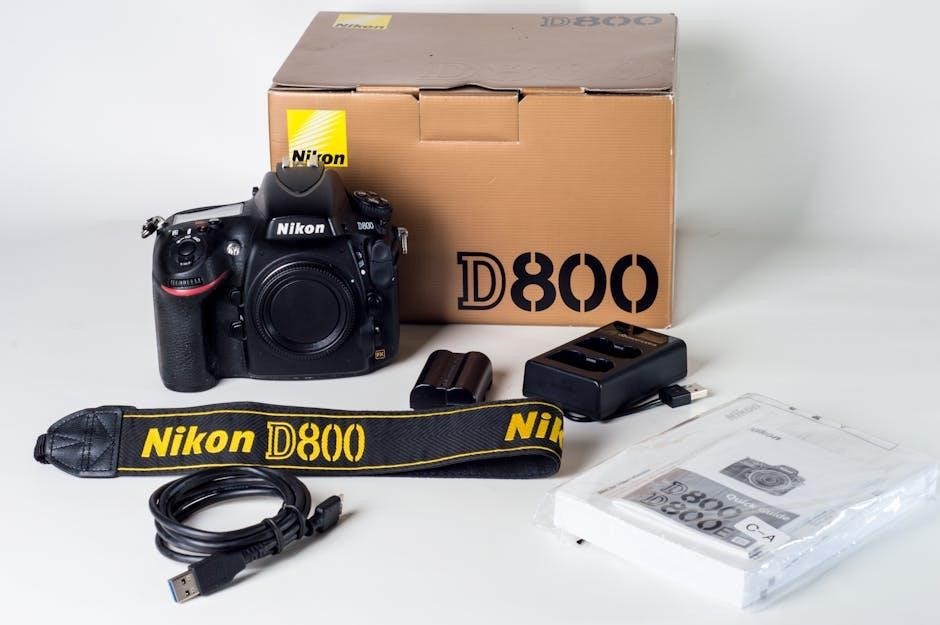
If your Nikon COOLPIX P900 struggles to achieve focus‚ first ensure the lens is clean and free of obstructions. Experiment with different focusing modes – Auto‚ Manual‚ and Macro – to suit your subject. Check the scene illumination; low light can hinder autofocus performance.
Consult the PDF manual for detailed explanations of each focus mode. Try half-pressing the shutter button to initiate autofocus‚ and verify the focus point is correctly positioned on your intended subject. If issues persist‚ consider resetting the camera’s focus settings.
Resolving Error Messages
Encountering an error message on your Nikon COOLPIX P900? The official PDF manual is your primary resource for deciphering these codes. Note the exact message displayed‚ as it provides crucial clues to the problem’s source.
Common issues include memory card errors‚ battery problems‚ or lens malfunctions. Try restarting the camera‚ reinserting the memory card‚ or using a fully charged battery. If the error persists‚ consult the manual’s troubleshooting section for specific solutions and potential service options.
Maintaining Your Nikon Coolpix P900
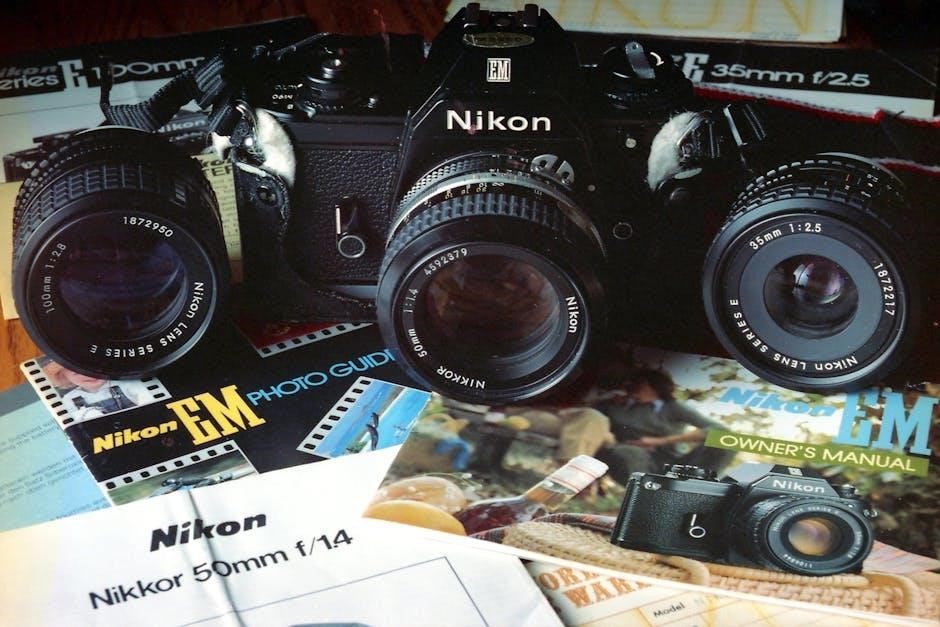
Preserving your Nikon COOLPIX P900’s performance requires regular maintenance. Gently clean the lens with a microfiber cloth‚ avoiding harsh chemicals. The camera body can be wiped with a soft‚ dry cloth.
Proper battery care is essential; remove the battery for extended storage and charge it periodically to maintain its capacity. Refer to the PDF manual for detailed cleaning instructions and battery care guidelines‚ ensuring longevity and optimal functionality of your camera.
Cleaning the Lens and Body
To maintain optimal image quality‚ regularly clean your Nikon COOLPIX P900’s lens. Use a soft‚ clean microfiber cloth to gently wipe away dust and fingerprints. Avoid using excessive pressure or cleaning solutions‚ which can damage the lens coating.
For the camera body‚ use a dry‚ soft cloth to remove dust and smudges. Never use solvents or abrasive cleaners. Consult the official PDF manual for specific cleaning recommendations to ensure the longevity and pristine condition of your camera.
Battery Care and Charging
To maximize battery life for your Nikon COOLPIX P900‚ avoid extreme temperatures and fully discharge the battery occasionally before recharging. Use only the supplied Nikon charger to prevent damage.
Refer to the official PDF manual for detailed charging instructions and safety precautions. Store the battery in a cool‚ dry place when not in use. Proper battery care ensures reliable performance and extends the lifespan of your camera’s power source.
Understanding the Camera’s Specifications
The Nikon COOLPIX P900 is a compact digital camera boasting impressive specifications. It features a sensor size and resolution designed for detailed image capture. Its remarkable 83x optical zoom range‚ coupled with a specific aperture‚ allows for versatile shooting scenarios.
Consult the official PDF manual for precise details regarding sensor dimensions‚ resolution figures‚ and aperture values. Understanding these specifications empowers you to optimize settings for superior image quality.
Sensor Size and Resolution
The Nikon COOLPIX P900 utilizes a compact-sized image sensor‚ crucial for its overall design. While specific dimensions are detailed in the official documentation‚ it’s engineered for high-resolution image capture. The camera’s resolution‚ expressed in megapixels‚ directly impacts image detail and print size capabilities.
Refer to the PDF manual for exact sensor measurements and resolution figures. Understanding these specifications allows for informed decisions regarding image quality settings and optimal shooting conditions.
Zoom Range and Aperture
The Nikon COOLPIX P900 boasts an impressive 83x optical zoom‚ a key feature for capturing distant subjects with clarity. This extensive zoom range is complemented by a variable aperture‚ influencing both image brightness and depth of field.
Consult the official PDF manual for precise aperture values at different zoom levels. Understanding the relationship between zoom‚ aperture‚ and exposure is vital for achieving desired photographic effects and optimal image quality.
Accessing the Official Nikon Coolpix P900 Manual (PDF)
Nikon provides a comprehensive PDF version of the COOLPIX P900 owner’s manual directly on their website; This digital resource‚ spanning 242 pages‚ offers detailed guidance on all camera functions and features.
Locate the manual at imaging.nikon.com/support/pdf/DoC_P900.pdf. Downloading this PDF ensures you have readily available access to the complete documentation‚ even without an internet connection‚ for optimal camera utilization.
Nikon Manual Viewer App for Mobile Devices
Enhance your learning experience with the Nikon Manual Viewer 2 app‚ available for iOS and Android devices. This application allows convenient access to your COOLPIX P900 manual directly on your smartphone or tablet.
Download the app to view PDF manuals‚ utilizing free Adobe Reader software if needed. Enjoy portable access to detailed instructions‚ troubleshooting‚ and specifications‚ making your Nikon experience even more seamless and informative.
Regulatory Information and Compliance (DoC P900.pdf)
Nikon assures compliance with radio equipment regulations for the COOLPIX P900‚ as detailed in the Declaration of Conformity (DoC) document‚ available as a PDF at imaging.nikon.com/support/pdf/DoC_P900.pdf.
This document outlines adherence to standards regarding radio frequency compliance and specifies the maximum transmission power. Review this information to understand the camera’s regulatory standing and ensure proper operation within applicable guidelines.
Radio Frequency Compliance
Nikon’s COOLPIX P900 is engineered to comply with radio frequency emission standards‚ ensuring minimal interference with other devices. The Declaration of Conformity (DoC P900.pdf)‚ found at imaging.nikon.com/support/pdf/DoC_P900.pdf‚ details specific regulations met.
Understanding these standards is crucial for legal and optimal camera operation. Compliance ensures responsible use of radio frequencies and adherence to industry guidelines‚ promoting a stable wireless environment.
Maximum Transmission Power
The Nikon COOLPIX P900 operates within specified radio frequency transmission power limits to ensure compliance with regulatory standards. Detailed information regarding the maximum transmission power levels for various wireless communication protocols is available in the official Declaration of Conformity (DoC P900.pdf).

Access this document at imaging.nikon.com/support/pdf/DoC_P900.pdf to understand the camera’s power output and its adherence to legal requirements for wireless device operation.




